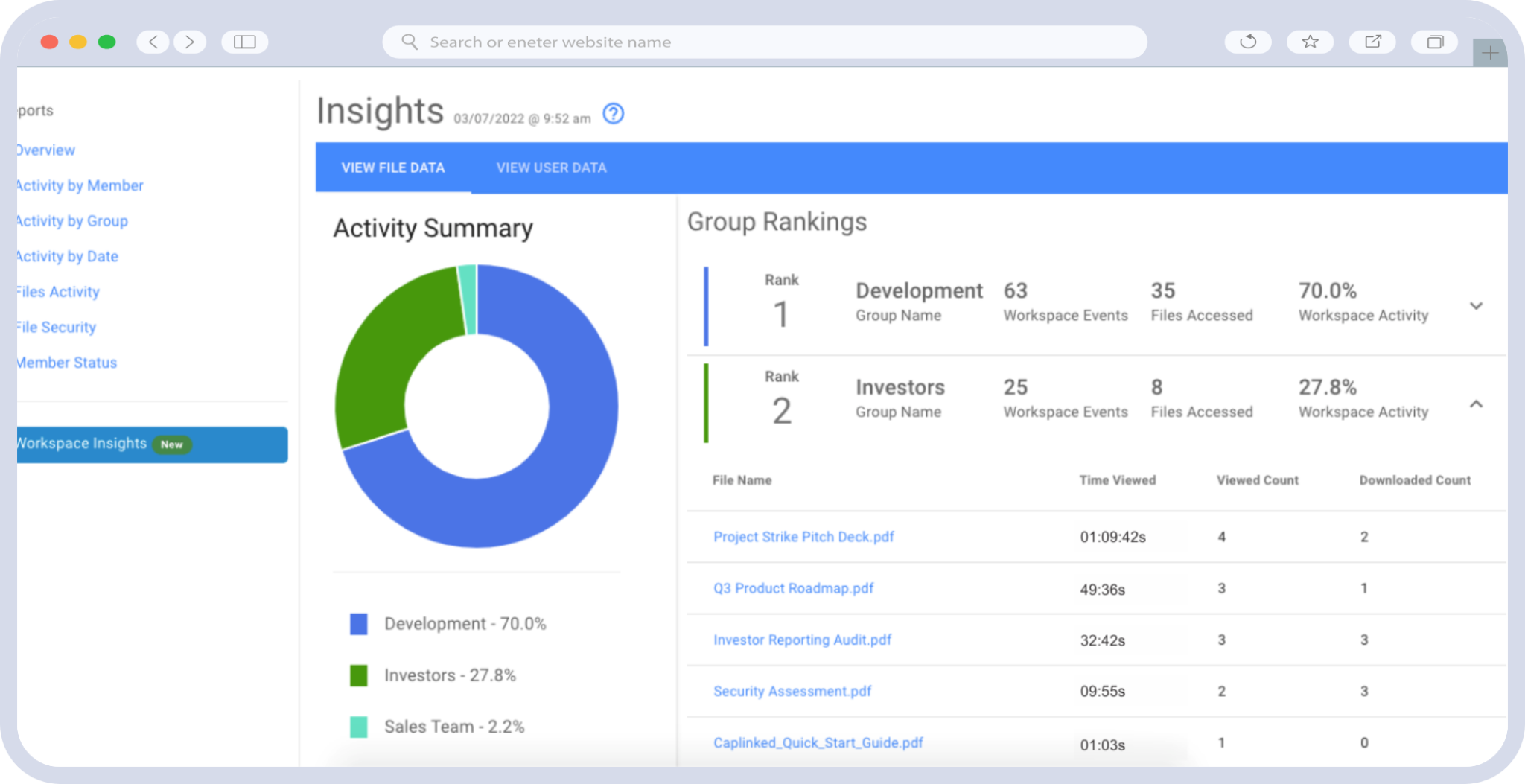Sharing the Right Way: What to Use Instead of FTP
Table of Contents
ToggleWhat to Use Instead of FTP: Safe, Secure Alternatives
During the era of dial up, FTP (file transfer protocol, for the uninitiated) was the next best thing to being able to hand someone a zip disk filled with company documents. It was pretty safe, it was fairly reliable, and it was fast. Kind of.
With the rise of high-speed internet and the advancement of cloud technology, even FTP has been thrown to the wayside by the likes of Google Drive, Dropbox, and others.
With FTP servers being costly to run, an upkeep nightmare, and simply outdated, it’s time your company makes the switch to a better, safer, faster alternative. But what to use instead of FTP?
FTP Alternatives and You
No two companies are the same, and neither are their requirements. For a long time, FTPs weren’t only appealing because many options weren’t available yet, but also because they could be tweaked to fit a company’s needs.
The many options available for file sharing take this edge away from FTPs, as even the free options like Drive or Dropbox can be tweaked – to a degree – to fit a company’s needs. Coupled with the ongoing maintenance FTP requires, there’s really little reason to use FTP.
When it comes to FTP alternatives, you have numerous options.
Free Cloud Storage
When it comes to cloud storage, there are countless options. Google Drive, Dropbox, and and OneDrive are three of the popular ones. Chances are, if you’ve been worked with files online recently you’re familiar with these services.
Each of these services has limited security functionality, often limited only to restricting which people can access a folder or see a file. Furthermore, they generally aren’t utilizing enterprise-grade security, like CapLinked. Once someone downloads a file from these services, you lose your ability to control it.
These are all fine options if you only want to store personal files or you’re sharing only within your network. Some startups or smaller companies can even get by relatively safely with free cloud storage options. But, there is always the risk of someone leaking a file, or taking that file with them when they leave the company. As your company grows, the potential for hacking, leaks, and lost money does too. Again, this ties into the fact that these free services don’t allow for the revoking of file access once a file has been downloaded.
HTTP and HTTPS
Hypertext Transfer Protocol (HTTP) is a client-server protocol made popular through its implementation online.
HTTP and its secure counterpart, HTTPS, allow for the downloading and uploading of files from a remote location. This gives them a huge edge over FTP, as anyone can tap into the server to download files from the client.
To help speed things up, websites using HTTP or HTTPS often utilize a cache system to speed up loading times. This allows for the storage of certain files on a user’s computer to ensure quicker browsing.
The big downside to both HTTP and HTTPS, is that because of their download-based design, file uploads can take longer than on FTP.
HTTP and HTTPS, while partially secure, are also nowhere near as secure as using a dedicated VDR, and can be breached using various methods.
Drawbacks of FTP
Being a forty-year-old technology, FTP has a laundry list of technical limitations. This isn’t to say it’s entirely useless, but it has some major quirks that make it less than ideal.
Some of the biggest drawbacks of FTP are:
- It’s not user-friendly and can be very technical to use
- Users can easily and accidentally delete files
- Lack of encryption, unless using SFTP
- Susceptible to numerous types of attacks, including bounce attacks, spoof attacks, and port stealing
- Making and running your own FTP server is incredibly expensive
- FTP servers require maintenance and upkeep
- Files no longer have company branding when shared
The list of drawbacks goes on and on. Before hating on FTP too much, again, it’s more than forty-years-old and it’s served us well.
When to Use FTP
Despite its limitations, there are times where FTP actually could make sense for your company. If you’re already using FTP and you have very large files to move, FTP can be a quick way to accomplish this. Again, assuming security isn’t an issue with these files.
If you plan on moving any sensitive documents in a large quantity, and you have an FTP setup, you might consider converting it to an SFTP to ensure your files being shared are less likely to be compromised.
Outside of these specific scenarios, if you have FTP and your business regularly deals with sensitive information, it’s time you make the switch to a more secure option. This can sting, as you’ve likely invested a lot of time and money into your current FTP system, but in the end you’ll save money by leaving your FTP behind. With a bit of background behind us, we’re finally ready to answer the question- what do I use instead of FTP?
VDR: The FTP Alternative for You
A virtual data room (VDR) offers a secure, quick, and easy way to share your sensitive documents with your internal network and outside sources.
With a virtual data room, like CapLinked, you don’t have to worry about the cost of maintaining your own server, either. This also means you don’t need to have a trained staff member onsite in case the server experiences any technical hiccups.
Because you aren’t the one maintaining the server, you also don’t have to worry about setting everything up. This makes a VDR far more user-friendly than FTP. A VDR also uses a structure more similar to cloud storage, so backups are always available, eliminating the risk of accidental file deletion.
Another big perk of a VDR is that you can maintain your branding on all documents by using a watermark. This ensures your documents aren’t forged, and lets your clients know they’re secure in signing any document. Secure document sharing is essential in navigating big deals.
Furthering the security a VDR offers, you can revoke access to a file even after a client has downloaded it. This can prevent your sensitive documents and M&A deals from being leaked. With 8.6% of M&A deals leaked in 2015 and 2016, this VDR functionality can reduce your chances of being a statistic.
In 2018 there’s very little reason to still use an FTP. Protect yourself, your clients, and your earnings by making the switch to a VDR.













